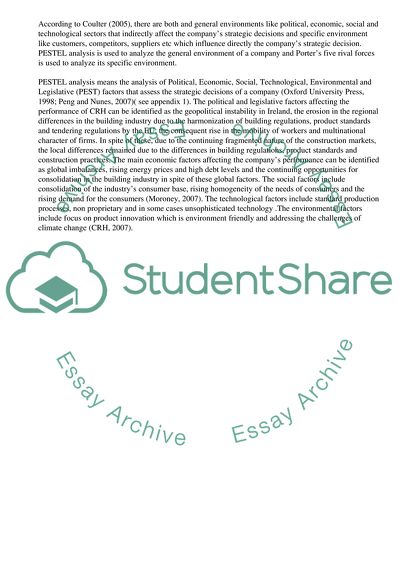Cite this document
(Strategic Analysis of CRH Company, Threats, and Opportunities in the Case Study - 6, n.d.)
Strategic Analysis of CRH Company, Threats, and Opportunities in the Case Study - 6. Retrieved from https://studentshare.org/business/1731242-business-strategy
Strategic Analysis of CRH Company, Threats, and Opportunities in the Case Study - 6. Retrieved from https://studentshare.org/business/1731242-business-strategy
(Strategic Analysis of CRH Company, Threats, and Opportunities in the Case Study - 6)
Strategic Analysis of CRH Company, Threats, and Opportunities in the Case Study - 6. https://studentshare.org/business/1731242-business-strategy.
Strategic Analysis of CRH Company, Threats, and Opportunities in the Case Study - 6. https://studentshare.org/business/1731242-business-strategy.
“Strategic Analysis of CRH Company, Threats, and Opportunities in the Case Study - 6”. https://studentshare.org/business/1731242-business-strategy.


